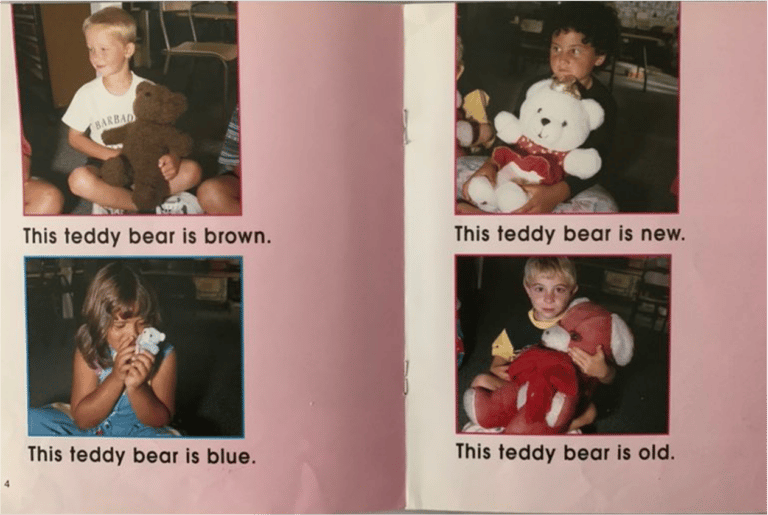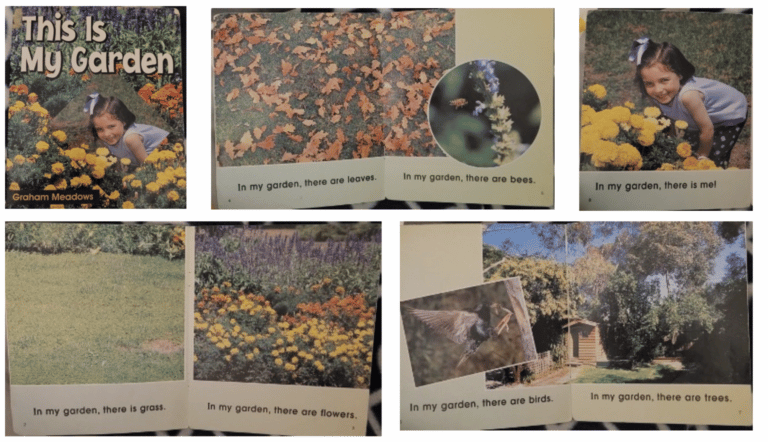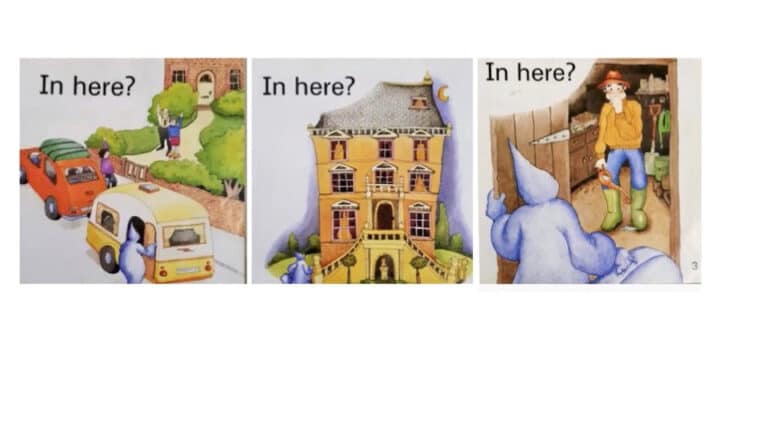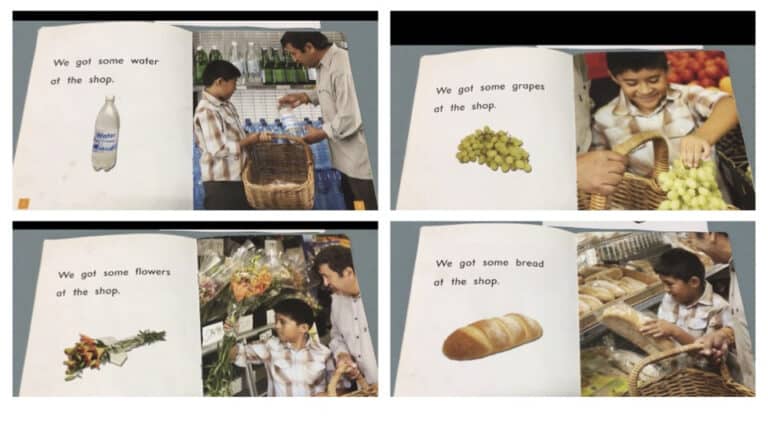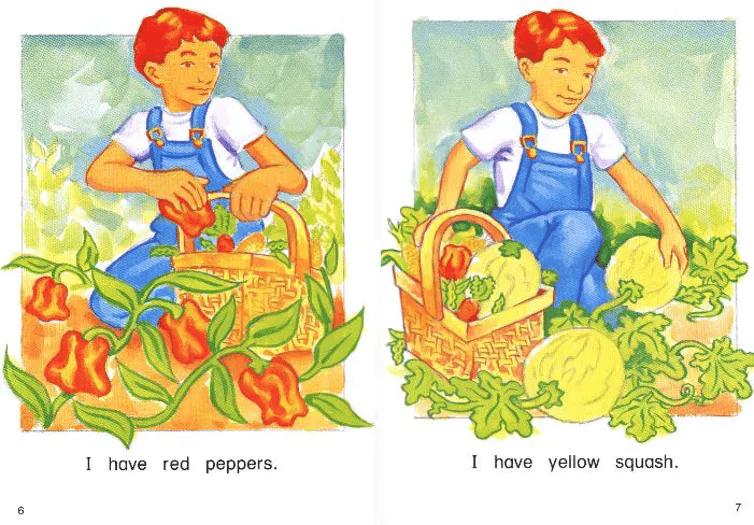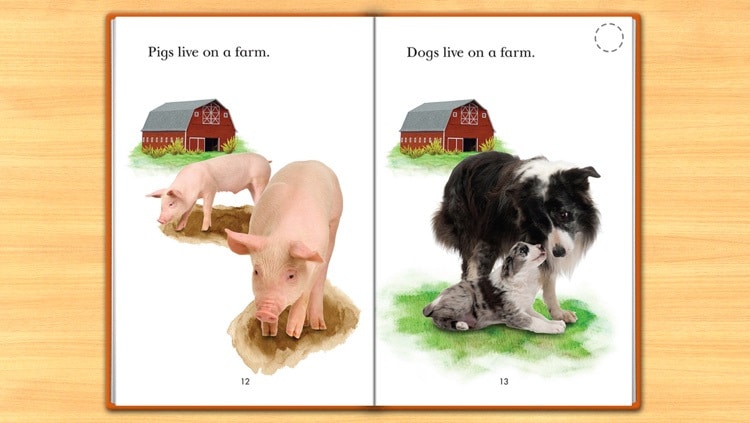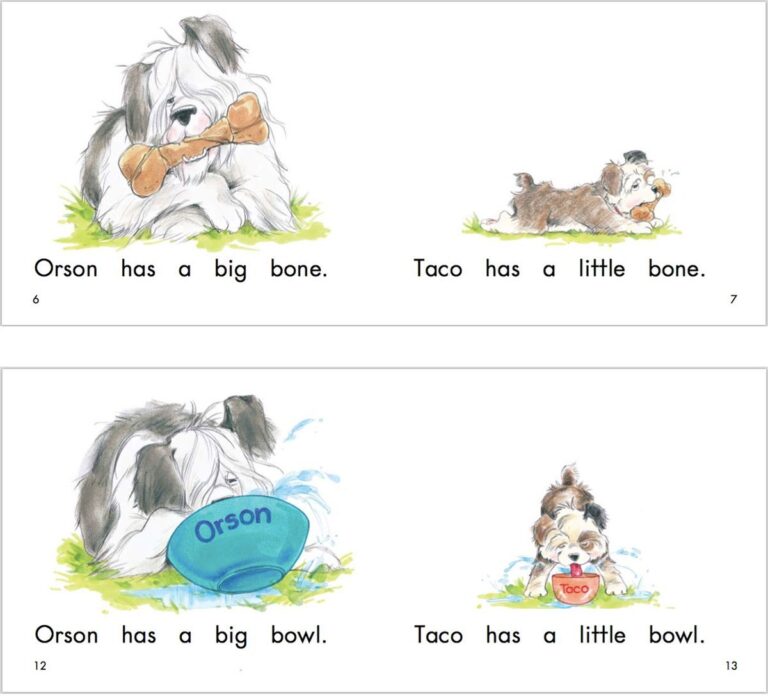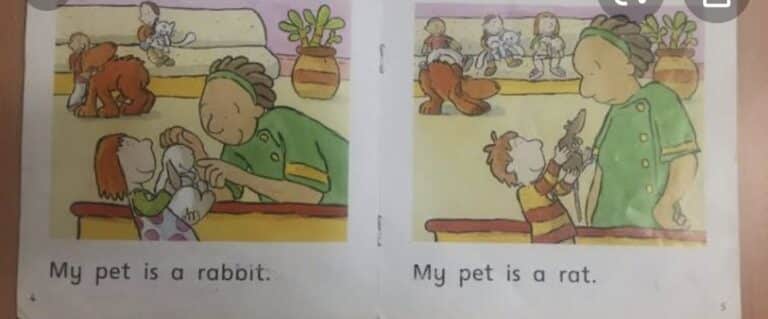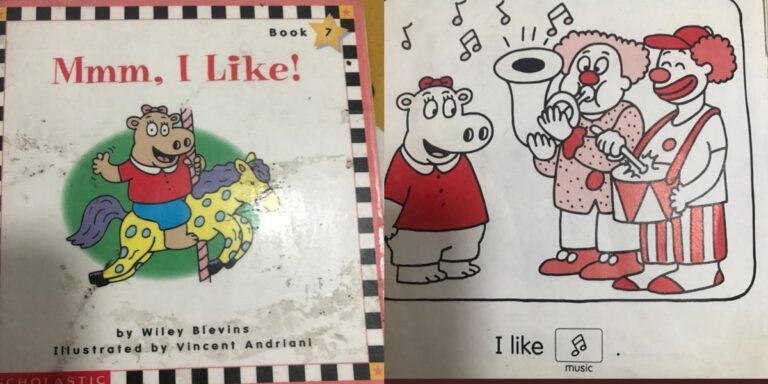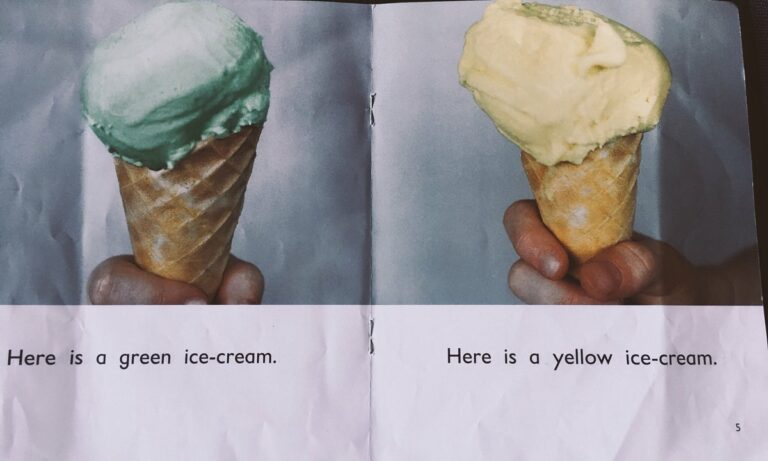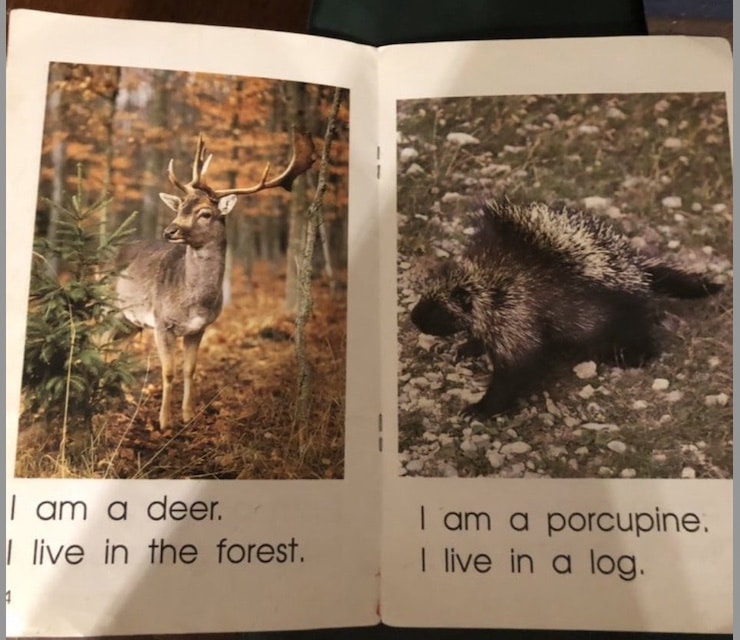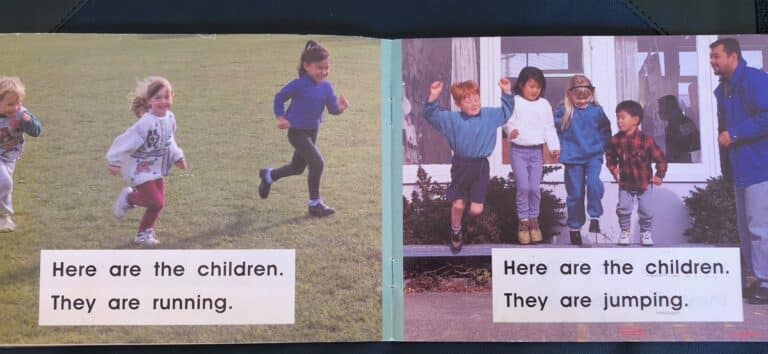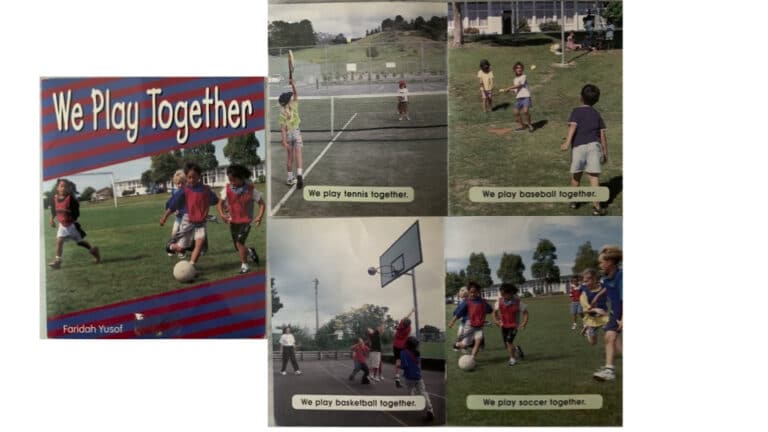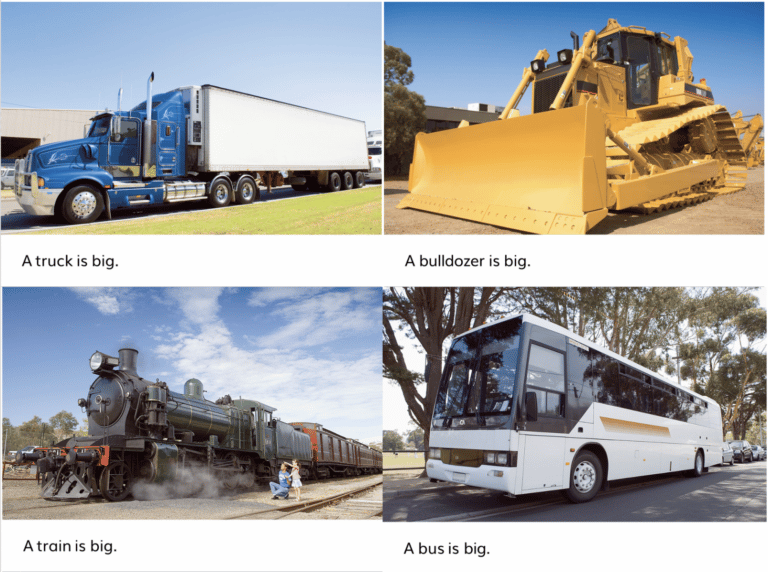* Many thanks to the helpful people who provided these photos via Twitter.
The books in the picture gallery above are written for children early in their Foundation year of school but they contain two syllable words with digraphs that would not be taught until Year 1 in most phonics sequences. In some cases, the pictures do not even provide a useful clue to the variable word (such as in Teddy Bears at School, where the bears depicted could be described in any number of ways).
Not all books in sets of levelled readers that are common in schools are predictable texts. Some levelled readers are natural language texts with controlled vocabulary, that is, they are not written to be phonically decodable in alignment with a scope and sequence of grapheme-phoneme (letter-sound) correspondences, but a deliberately large proportion of the words in the text would be familiar vocabulary. This is intended to aid comprehension.
Students in the early years of school who make rapid progress in reading and who do not need the support of decodable text, should be given natural language books with appropriate complexity of language and content, rather than predictable texts. However, the process of assigning students to levels and limiting their access to books on that basis is not evidence-based practice. Non-predictable types of levelled readers should be treated like any other book in a class library.
Why are decodable texts better than predictable texts for beginning readers?
Decodable texts are written to align with a phonics scope and sequence. They begin with a limited number of grapheme-phoneme correspondences to establish facility with decoding and blending, and decodable book series progressively add more grapheme-phoneme correspondences as students learn them. A small number of high frequency words that students would not yet be able to decode are included, and are taught as ‘tricky’ words, as these function words are necessary for meaningful sentences. Decodable texts have pictures to make reading enjoyable and to generate further discussion about the text but students do not rely on the pictures for word identification.
The first levels of decodable books have simple syntax and a small number of words. Decodable texts at this level are sometimes criticised for being ‘boring’ but they are no more boring than predictable texts, as can be seen in the examples above. The difference is that decodable texts serve an essential instructional purpose – they establish student’s ability to decode and read words with accuracy and automaticity, which is the only way to achieve fluency and comprehension.
Example of an early Foundation level decodable text
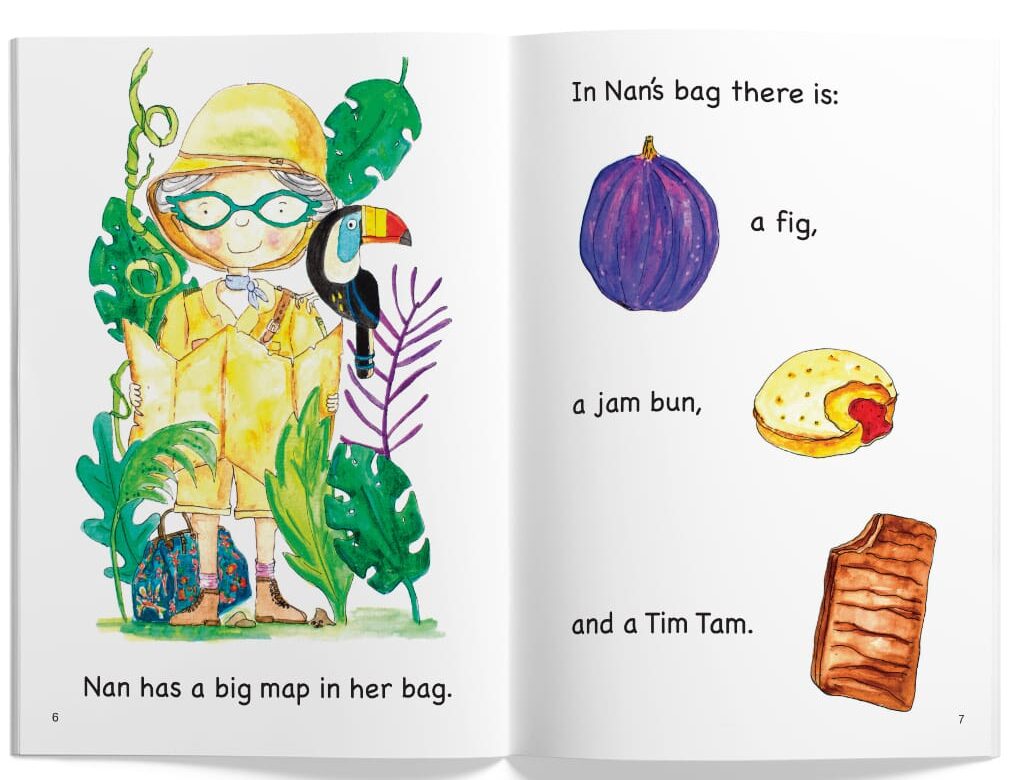
(InitiaLit-F, 4.3)
As students become more adept at decoding and can accurately read more words, the text becomes gradually more sophisticated. In the higher levels of decodable texts, both fiction and non-fiction decodable texts are virtually indistinguishable from simple natural language texts. However, they are still providing the necessary exposure to, and practise with, decoding words with a range of grapheme-phoneme correspondences from the basic through to the extended code. Eventually, when the students have mastered the full phonic code, all books are more or less decodable, but this is not true for novice readers who are just beginning their reading instruction.
Example of a Year 1 level decodable text

(IntiaLit-1, 16.7)
Decodable texts support the development of strong decoding skills in beginning readers and provide them with the practice they need to become fluent readers. This is consistent with evidence-based methods of reading instruction. Predictable books are counterproductive to this objective.
More about predictable books
Read
Explainer: What’s the difference between decodable and predictable books, and when should they be used.
Decodable or predictable: why reading curriculum developers must seize one.



